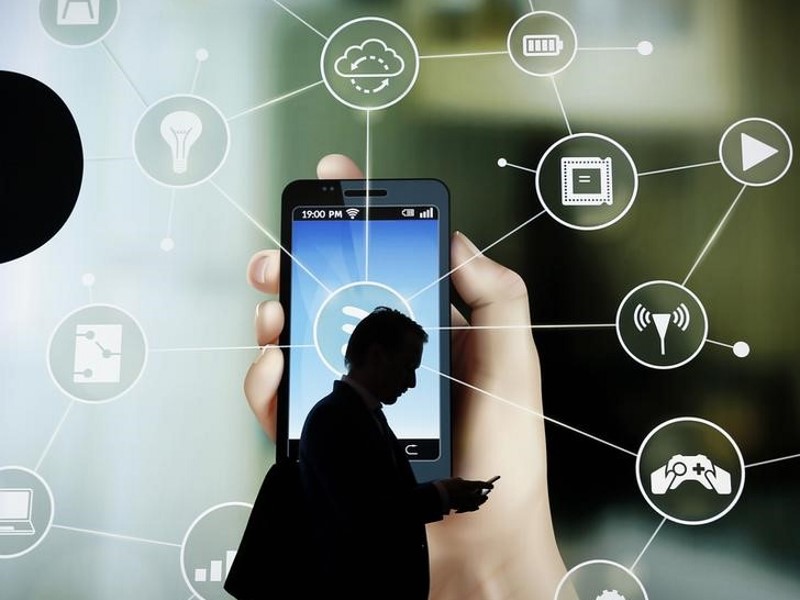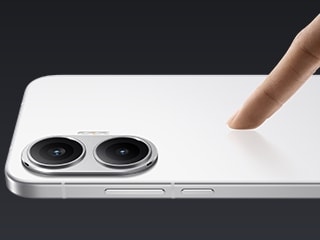- Home
- Telecom
- Telecom News
- India's Mobile Data Traffic to Grow 15 Fold by 2021: Report
India's Mobile Data Traffic to Grow 15-Fold by 2021: Report

Globally, there are nearly five billion mobile subscribers as compared to 7.4 billion subscriptions and in India the penetration level is at 80 percent, the Ericsson Mobility Report noted.
"India grew the most in terms of net additions during the quarter (+21 million), followed by Myanmar (+5 million), Indonesia (+5 million), the US (+3 million) and Pakistan (+3 million)," the findings showed.
Between 2015 and 2021, the number of IoT-connected devices is expected to grow 23 percent annually, of which cellular IoT is forecast to have the highest growth rate.
Of the 28 billion total devices that will be connected by 2021, close to 16 billion will be IoT devices.
"IoT is now accelerating as device costs fall and innovative applications emerge," Rima Qureshi, Senior Vice President and Chief Strategy Officer, Ericsson said in a statement.
"From 2020, commercial deployment of 5G networks will provide additional capabilities that are critical for IoT, such as network slicing and the capacity to connect exponentially more devices than is possible today," Qureshi added.
Western Europe will lead the way in adding IoT connections - the number of IoT devices in this market is projected to grow 400 per cent by 2021.
The report also highlighted the increase in smartphone subscriptions and said that by 2021, smartphone subscriptions will almost double from 3.4 billion to 6.3 billion.
The report noted a dramatic shift in the viewing habits among teenagers.
Over a period of four years (2011-15), a 50 percent drop in the time teenagers spent watching TV/video on a TV screen was reported - in contrast to an 85 percent increase in those viewing TV/video on a smartphone.
Catch the latest from the Consumer Electronics Show on Gadgets 360, at our CES 2026 hub.
Related Stories
- Samsung Galaxy Unpacked 2025
- ChatGPT
- Redmi Note 14 Pro+
- iPhone 16
- Apple Vision Pro
- Oneplus 12
- OnePlus Nord CE 3 Lite 5G
- iPhone 13
- Xiaomi 14 Pro
- Oppo Find N3
- Tecno Spark Go (2023)
- Realme V30
- Best Phones Under 25000
- Samsung Galaxy S24 Series
- Cryptocurrency
- iQoo 12
- Samsung Galaxy S24 Ultra
- Giottus
- Samsung Galaxy Z Flip 5
- Apple 'Scary Fast'
- Housefull 5
- GoPro Hero 12 Black Review
- Invincible Season 2
- JioGlass
- HD Ready TV
- Laptop Under 50000
- Smartwatch Under 10000
- Latest Mobile Phones
- Compare Phones
- OPPO Reno 15 Pro Max
- Honor Win RT
- Honor Win
- Xiaomi 17 Ultra Leica Edition
- Xiaomi 17 Ultra
- Huawei Nova 15
- Huawei Nova 15 Pro
- Huawei Nova 15 Ultra
- Asus ProArt P16
- MacBook Pro 14-inch (M5, 2025)
- OPPO Pad Air 5
- Huawei MatePad 11.5 (2026)
- Xiaomi Watch 5
- Huawei Watch 10th Anniversary Edition
- Acerpure Nitro Z Series 100-inch QLED TV
- Samsung 43 Inch LED Ultra HD (4K) Smart TV (UA43UE81AFULXL)
- Asus ROG Ally
- Nintendo Switch Lite
- Haier 1.6 Ton 5 Star Inverter Split AC (HSU19G-MZAID5BN-INV)
- Haier 1.6 Ton 5 Star Inverter Split AC (HSU19G-MZAIM5BN-INV)

















